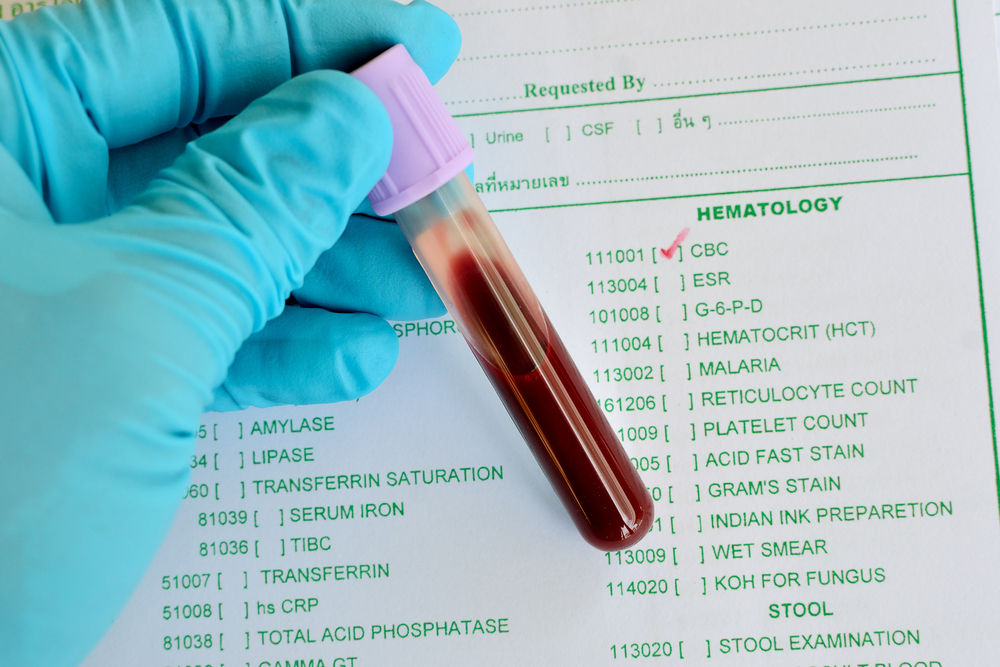Agios to Decide Next Steps for Mitapivat as SCD Treatment by Mid-year
Written by |

Agios Pharmaceuticals announced that, despite the current COVID-19 outbreak, it remains on track to decide by mid-year next steps for mitapivat (AG-348) as a potential treatment of sickle cell disease.
Mitapivat is in an ongoing proof-of-concept Phase 2 trial in up to 25 patients with stable SCD, but further enrollment has been suspended due to the pandemic.
“We moved quickly to reduce the risk of our team’s and communities’ exposure to the virus and took action to enable uninterrupted access to our commercial and clinical medicines for the patients who are counting on us,” Jackie Fouse, PhD, CEO of Agios, said in a press release.
The trial, which is being conducted under a Cooperative Research and Development Agreement (CRADA) with the National Institutes of Health (NIH), aims to evaluate the safety, tolerability, and pharmacological properties of increasing doses of oral mitapivat in SCD patients.
In addition to the 5, 20, and 50 mg twice daily doses in the study’s original design (NCT04000165), investigators will also test doses up to up 100 mg of the medication twice-a-day for two weeks, the company announced in an April 30 investor webcast. The study is ongoing at the National Institutes of Health Clinical Center in Maryland.
Agios is planning to submit results from this trial at the American Society of Hematology (ASH) Annual Meeting in December.
Given orally, mitapivat is a first-in-class, potent, selective, small molecule activator of the enzyme piruvate kinase-R (PKR), which is responsible for converting blood sugar (glucose) into energy in the form of adenosine triphosphate (ATP) in red blood cells. This process, known as glycolisis, is essential for red blood cell survival.
In sickle cell, the lack of ATP in red blood cells is thought to dysregulate the balance of water and ions (electrically charged small molecules), and to compromise the integrity of the cells’ membrane. As a result, cells become increasingly dehydrated and deformed, eventually acquiring a sickled shape that is typical of the disease.
A lack of PKR activity in red blood cells can also lead to the accumulation of substances that would normally be used by the enzyme during glycolisis, such as 2,3-DPG.
The accumulation of 2,3-DPG in SCD patients is thought to promote hemoglobin polymerization — hemoglobin molecules sticking to each other — further increasing red blood cell sickling. (Hemoglobin is a protein found in red blood cells that is responsible for transporting oxygen.)
By increasing PKR activity and ATP production, mitapivat may work to avoid red blood cells sickling in SCD by preventing the buildup of 2,3-DPG and maintaining membrane integrity.
Early findings from preclinical studies and other clinical trials of mitapivat have shown dose-dependent changes in glycolisis in red blood cells. These changes were consistent with mitapivat’s mechanism of action, and supported its study as a potential SCD treatment.
Mitapivat is also now being investigated as a potential treatment for pyruvate kinase deficiency and thalassemia, two other heritable blood disorders, in multiple ongoing Phase 2/3 clinical trials (NCT03548220; NCT03559699; NCT02476916 and NCT03692052).
The therapy has received fast track and orphan drug designations from the U.S. Food and Drug Administration. More recently, the Committee for Orphan Medicinal Products, a branch of the European Medicines Agency, recommended orphan drug designation to mitapivat for the treatment of adults with PK deficiency.




